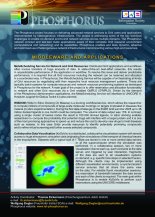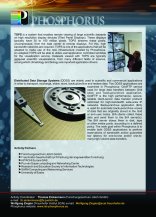Activities
Distributed Grid applications and workflows often involve transfers of huge amounts of data. In state-of-the-art best-effort networks, this results in unpredictable performance of the application or workflow. To resolve this issue and deliver predictable performance, it is required that all Grid resources including the network can be reserved and allocated in a coordinated way. In Phosphorus, the MetaScheduling Service will be capable of orchestrating all kinds of Grid resources by negotiating with their respective local resource management systems. These are typically batch-systems for compute resources and network resource provisioning systems as developed in Phosphorus for the network. A main goal of the project is to offer reservation and allocation functionality to network and other Grid resources via a Grid enabled GMPLS (G2MPLS). Driven by the demand of the Phosphorus demonstration applications, the MetaScheduling Service will interface to UNICORE 6. However, support for Globus Toolkit 4 is also planned.
WISDOM is a docking workflow/service, which allows the researcher to compute millions of compounds of large-scale molecular dockings on targets implicated in diseases like malaria (in silico experimentation). During the first data-challenge on the EGEE Grid summer 2005 up to 46 million docked ligands in one month could be computed. The volume of data output was 1TB. In contrast, using a single cluster of twelve nodes the result is 100.000 docked ligands. In silico docking enables researchers to compute the probability that potential drugs will interfere with a target protein and it is one of the most promising approaches to speed-up and reduce the cost to develop new drugs to treat diseases such as malaria. In this case Grids provide resources to identify potentially promising compounds and to refine virtual screening and further assess selected compounds.
KoDaVis is a distributed, collaborative visualisation system with remote access to huge atmospheric simulation data originating from simulations of the transport of chemical tracers in the troposphere. Datasets with a typical size of 1 TByte are stored in one or more central data servers or at the supercomputer where the simulation was performed. In a collaborative session, two or more visualization clients team up, each connects to the data server, and triggered by user interaction, fragments of the data are sent to all visualization systems on demand, e.g. specific time steps or selected tracers. Although the clients may be implemented using different visualisation environments, a synchronization service ensures that all share the same view on the data. For reliable fluent visualization sessions, the reservation of bandwidth between the data server and each of the clients is required. The main goal within Phosphorus is to enable KoDaVis to perform such reservations using the UNICORE middleware.
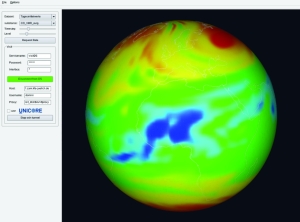
Figure 1 - Collaborative Data Visualisation (KoDaVis)
TOPS is a system that enables remote viewing of large scientific datasets on high resolution display devices (Tiled Panel Displays). These displays typically have 30 to 100 million pixels. TOPS streams these pixels, uncompressed, from the data center to remote displays. For this, high bandwidth networks are required. TOPS is one of the applications that will be adapted to make use of the new infrastructure created by Phosphorus. An adapted TOPS will be able to utilize user/application controlled lambdas for the visualization service. Datasets viewed with TOPS are typically gigapixel scientific visualizations, from many different fields of science, among which climatology and biology are important application drivers.
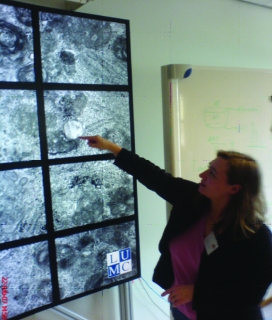
Figure 2 - System TOPS
DDSS are widely used in scientific and commercial applications in order to transport, exchange, share, store, backup/archive and restore data. Two DDSS applications are examined in Phosphorus: GridFTP service used for large data transfers between Grid sites and backup/archive application. GridFTP is the high performance, secure, reliable client-server data transfer protocol optimized for high-bandwidth wide-area IP networks. Backup/archive application (B/A) is used for automatic backups/archive copies of data that are originally stored in the Grid or end-user nodes. B/A clients collect these data and send them to the B/A server(s). The B/A server stores them in disk, tape or other media pools, according to a defined policy. The main goal within Phosphorus is to enable both DDSS applications to perform reservations of bandwidth and/or guarantee low latency for one-to-one and/or one-to-many high-volume data transfers.
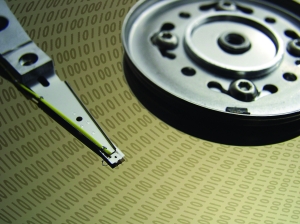
Figure 3 - Distributed Data Storage Systems (DDSS)
- Forschungszentrum Jüelich GmbH
- Fraunhofer-Gesellschaft zur Förderung der angewandten Forschung
- HITACHI Europe SAS
- Poznan Supercomputing and Networking Center
- Research and Education Society in Information Technologies
- SARA Computing and Networking Services
- University of Essex

